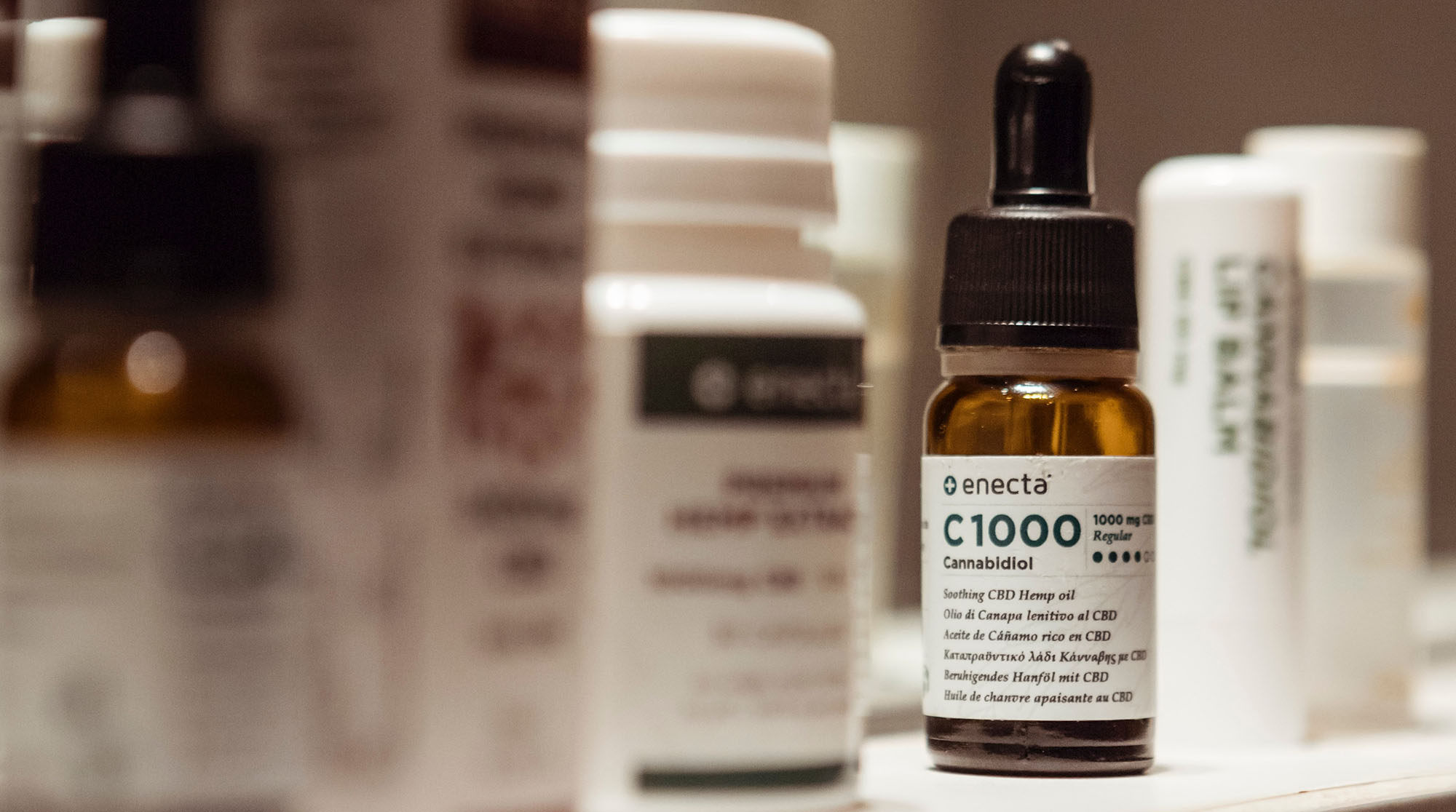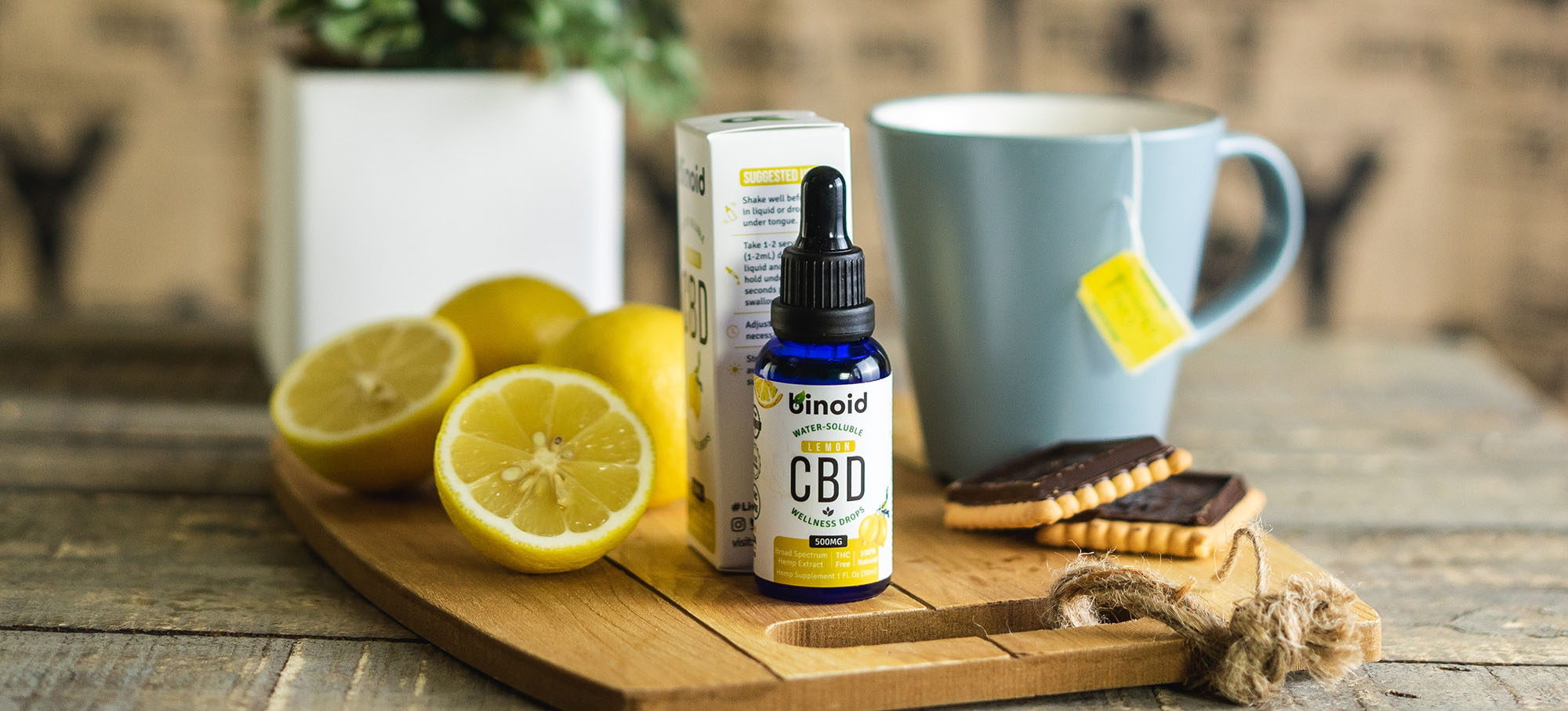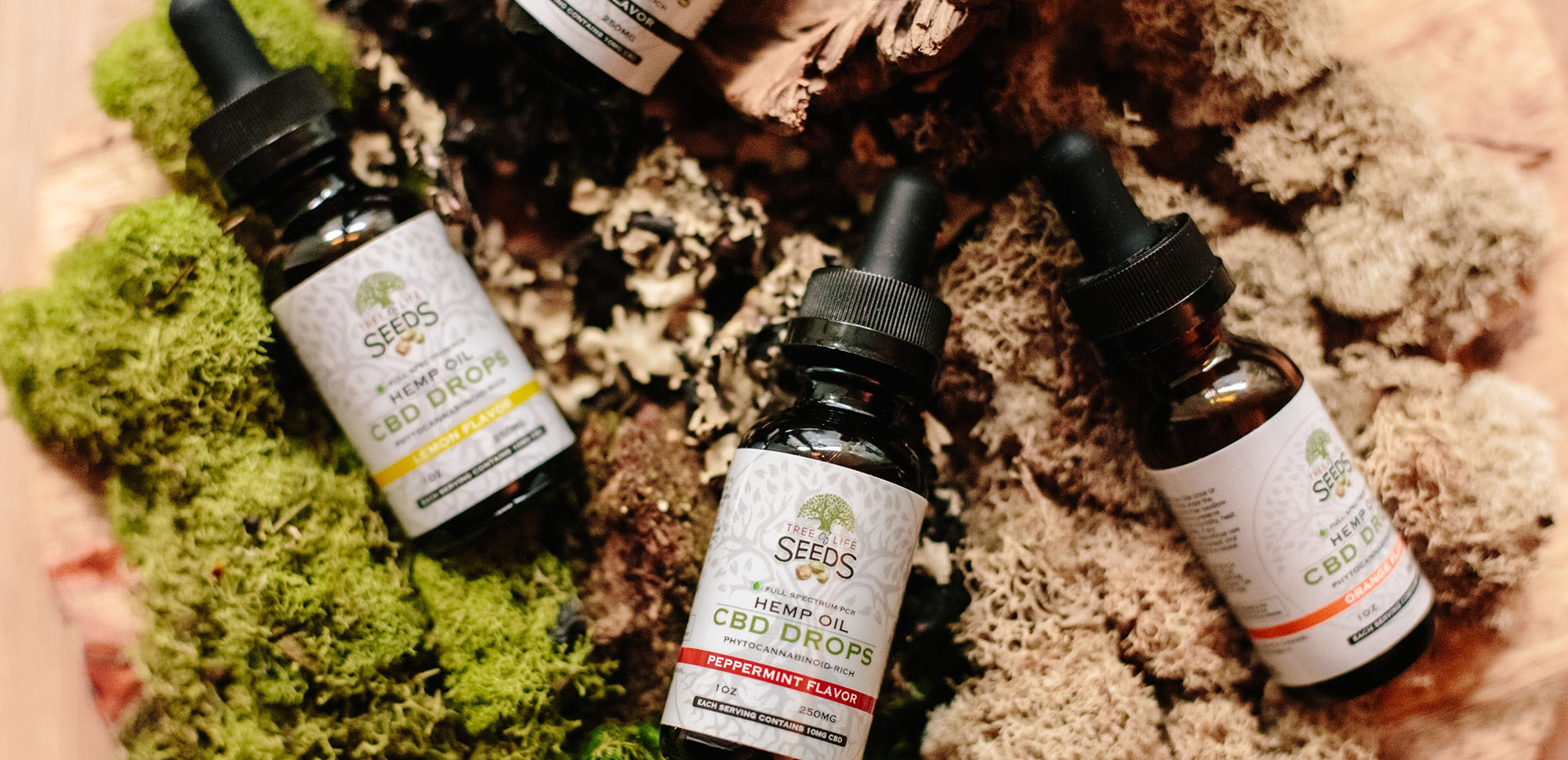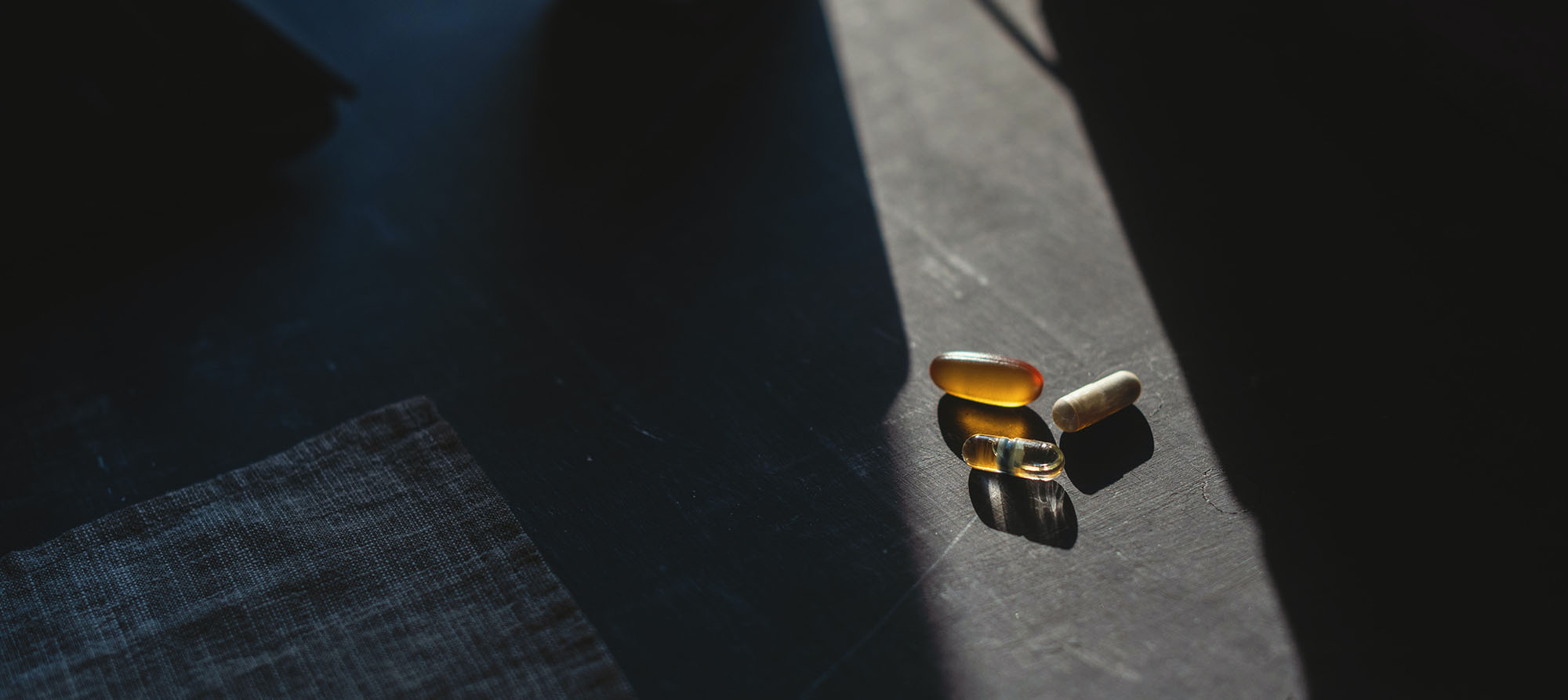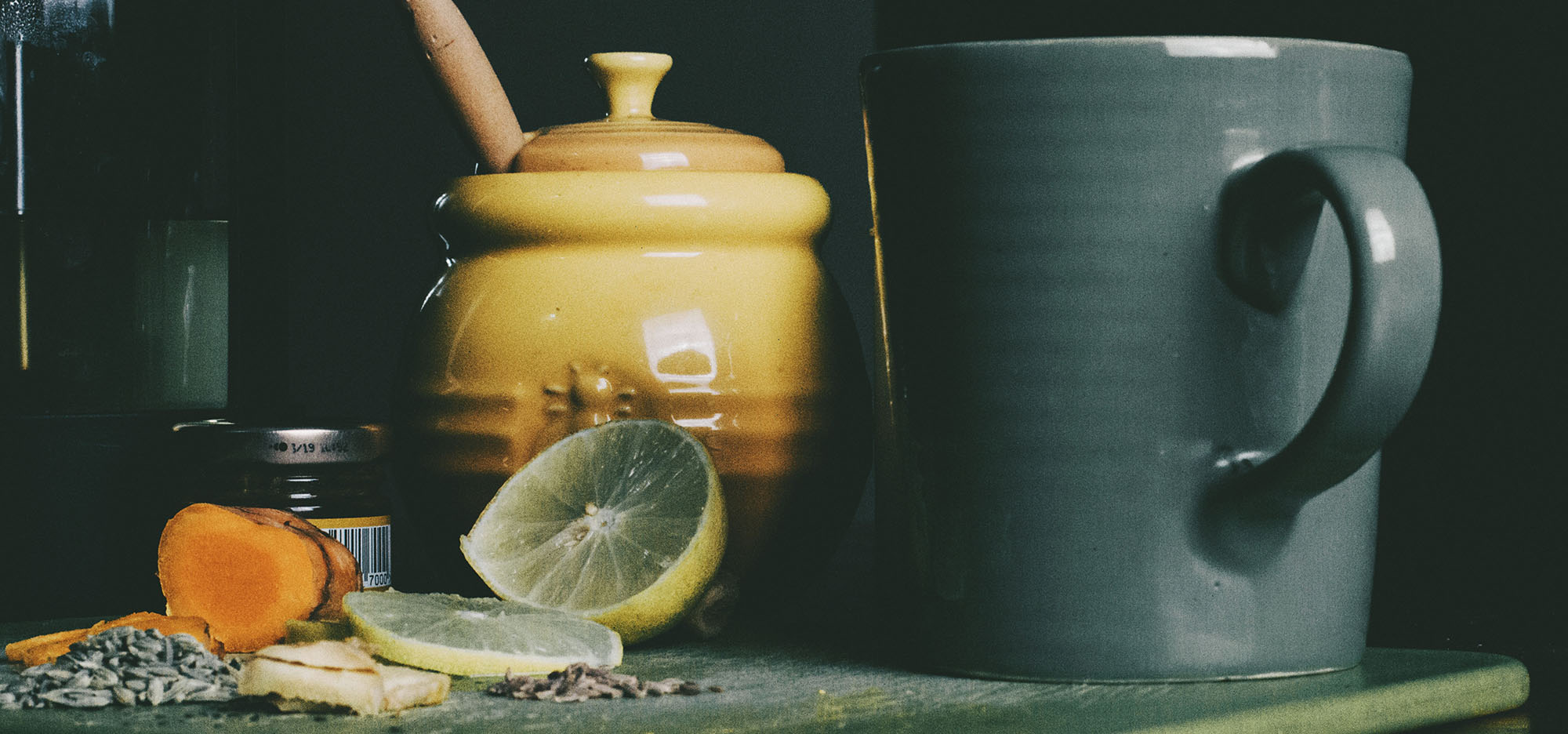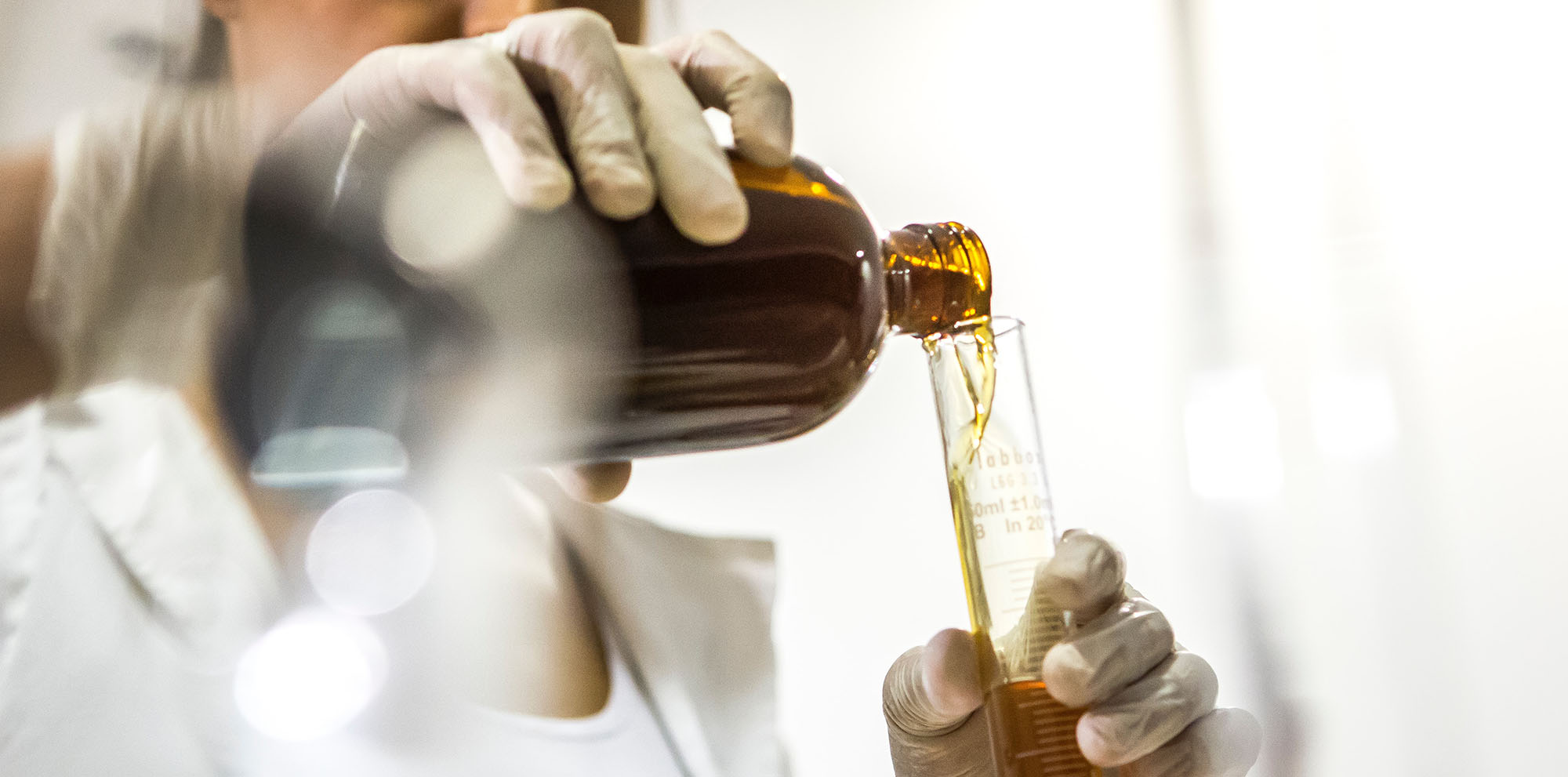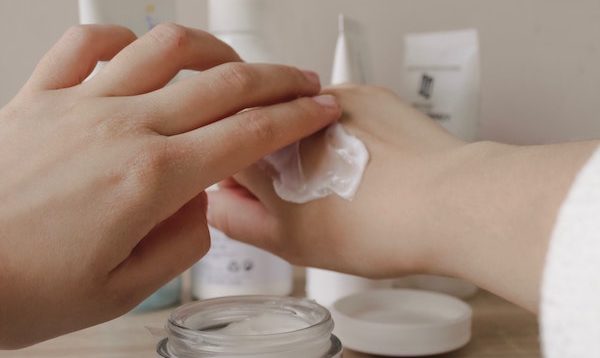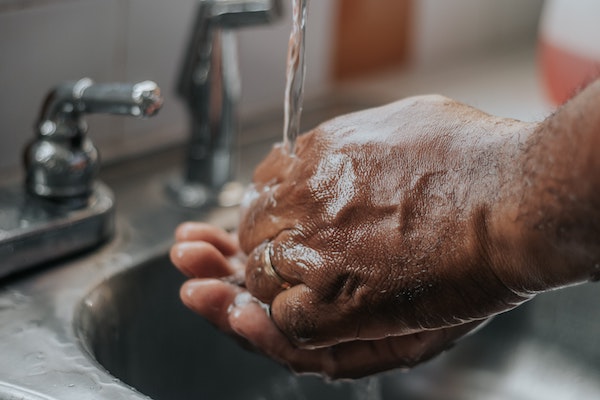Collagen is your body’s secret weapon. It not only makes your skin appear more youthful but also strengthens your body as a whole. It’s the most abundant protein in your body, and when you have a healthy level of it inside, you look and feel healthy on the outside. Here are six simple, non-invasive ways to kick-start your body’s production of collagen.
Vitamin C
Is there anything vitamin C can’t do? It’s great for your bones and a healthy immune system. Adding citrus to your diet can increase iron absorption and decrease the time it takes wounds to heal. And it helps your body create collagen by synthesizing hyaluronic acid, which decreases naturally as we grow older.
To give your skin a more robust glow, pick up a hyaluronic acid concentrate at the pharmacy or load up on colorful, vitamin C-filled foods such as the following:
Oranges and grapefruit
Strawberries, blueberries and raspberries
Mango, papaya and kiwi
Watermelon and cantaloupe
Brussel sprouts, cauliflower and broccoli
Kale, spinach and cabbage
Red and green bell peppers
Tomatoes
Sweet potatoes
Ginseng
Sometimes helping your skin is as simple as brewing a soothing cup of tea. Ginseng, which has been used in medicine for hundreds of years, provides a handful of health benefits for your skin. It can increase collagen growth, reduce inflammation and fend off UVB rays. It’s also packed with the antioxidants you need to fend off free radicals for radiant skin. If ginseng tea turns you off, no problem. Try a ginseng supplement or tincture.
Antioxidants
Ginseng isn’t the only way to aid the antioxidants in your blood stream. Several foods, beverages and spices contain antioxidants:
Green tea
Yerba mate
Thyme, oregano and basil essential oils
Blueberries
Various extracts including coffee, licorice, mulberry and pomegranate
Some of these delicious flavors increase collagen production, while others simply aid your body’s existing antioxidants. Either way, you have no shortage of reasons to snack on a second bowl of fresh blueberries.
Aloe Vera
You’re probably well aware that aloe vera is great for sunburns, but did you know that it’s all because of its collagen-boosting properties? You can apply it directly to your skin or ingest it via supplement. Either way, studies show that its knack for stimulating cell growth can enhance your skin’s appearance. In fact, one study found that taking aloe vera orally caused the participants’ production of both collagen and hyaluronic acid to double.
Cilantro
I know, I know. You either love it or you hate it. I happen to love it, and not just because it’s full of vitamin C and linolenic acid, both of which have anti-aging potential. You already know that vitamin C has been found to elevate collagen levels. Linolenic acid, meanwhile, contains those helpful antioxidants your skin craves, giving you all the more reason to add an extra handful of cilantro to your salsa or pick up some cilantro extract online.
Algae
For the more adventurous of us, algae is quickly gaining steam as a popular treatment for supple skin. Here’s why: It stops oxidation, which is what happens when your skin comes into contact with environmental factors, thereby preventing pollution and its undesirable pals from stripping your skin of collagen. Odds are, you won’t be able to pick up algae on your next trip to the grocery store, but it’s a health food store staple.
Fine lines and wrinkles are inevitable as we age, but that doesn’t mean we have to welcome them! Partner any of these collagen-intensifying tips with a healthy skincare routine that’s low on UV rays to help your skin look and feel fantastic, no matter how old you are.


